Electrical engineering design for transmission, distribution, and renewable sources involves the development of engineering solutions for the planning, design, construction, and operation of electrical infrastructure. This includes designing transmission and distribution systems, as well as renewable energy systems such as solar, wind, and hydroelectric power systems.
Electrical engineering design for transmission and distribution systems typically involves the following activities:
- Load analysis: This involves analyzing the electrical load requirements of a specific area or region, and determining the appropriate capacity and configuration of the transmission and distribution system to meet those requirements.
- System planning: This involves developing plans for the transmission and distribution system, including selecting the appropriate technology, equipment, and materials to ensure reliability, efficiency, and cost-effectiveness.
- System design: This involves designing the transmission and distribution system, including developing schematics, layouts, and detailed engineering designs for electrical equipment, substations, and distribution lines.
- Construction management: This involves managing the construction of the transmission and distribution system, including overseeing contractors and suppliers, and ensuring compliance with safety and environmental regulations.
- Testing and commissioning: This involves testing and commissioning the transmission and distribution system to ensure that it is operating safely and effectively.
Electrical engineering design for renewable energy systems typically involves the following activities:
- Resource assessment: This involves assessing the availability of renewable energy resources in a specific area, such as solar radiation, wind speeds, or water flow rates.
- Technology selection: This involves selecting the appropriate renewable energy technology for the specific resource availability and electrical load requirements.
- System design: This involves designing the renewable energy system, including developing schematics, layouts, and detailed engineering designs for solar panels, wind turbines, hydroelectric generators, and other equipment.
- Integration with the grid: This involves designing the interface between the renewable energy system and the transmission and distribution system, including developing interconnection agreements and ensuring compliance with grid codes.
- Construction management: This involves managing the construction of the renewable energy system, including overseeing contractors and suppliers, and ensuring compliance with safety and environmental regulations.
Electrical engineering design for transmission, distribution, and renewable sources requires specialized knowledge and expertise in electrical engineering, renewable energy technologies, and regulatory frameworks. Electrical engineering design consultants can provide customized solutions to meet the specific needs of their clients, and ensure that their projects are designed and executed in compliance with industry standards and regulations.
